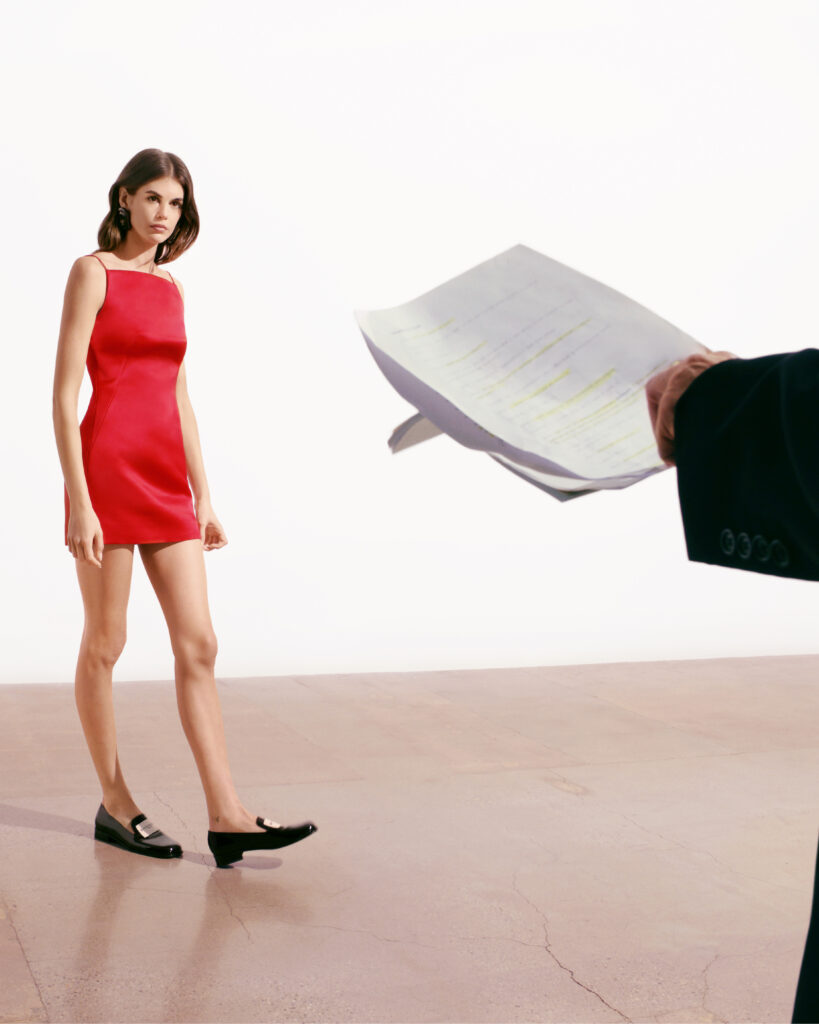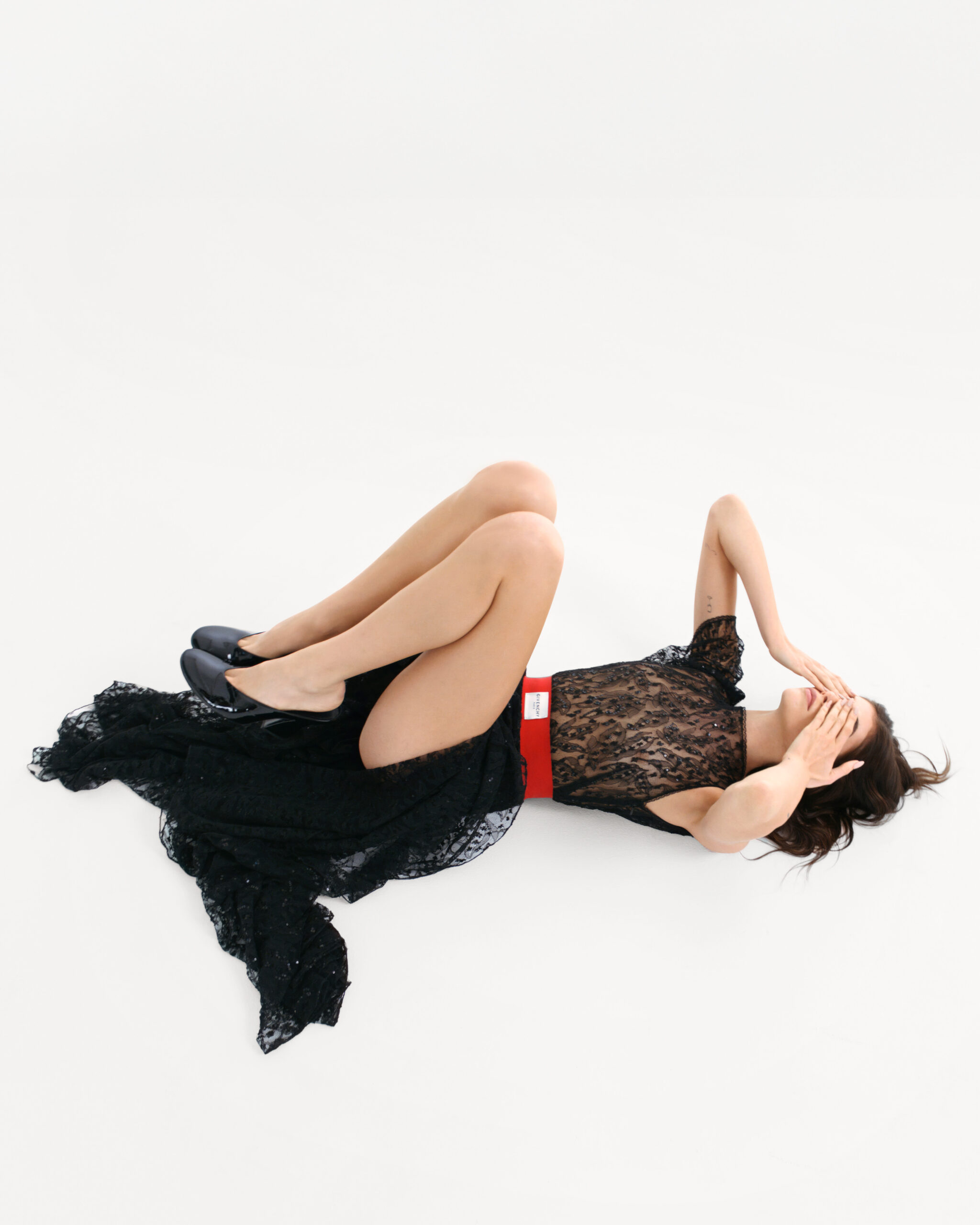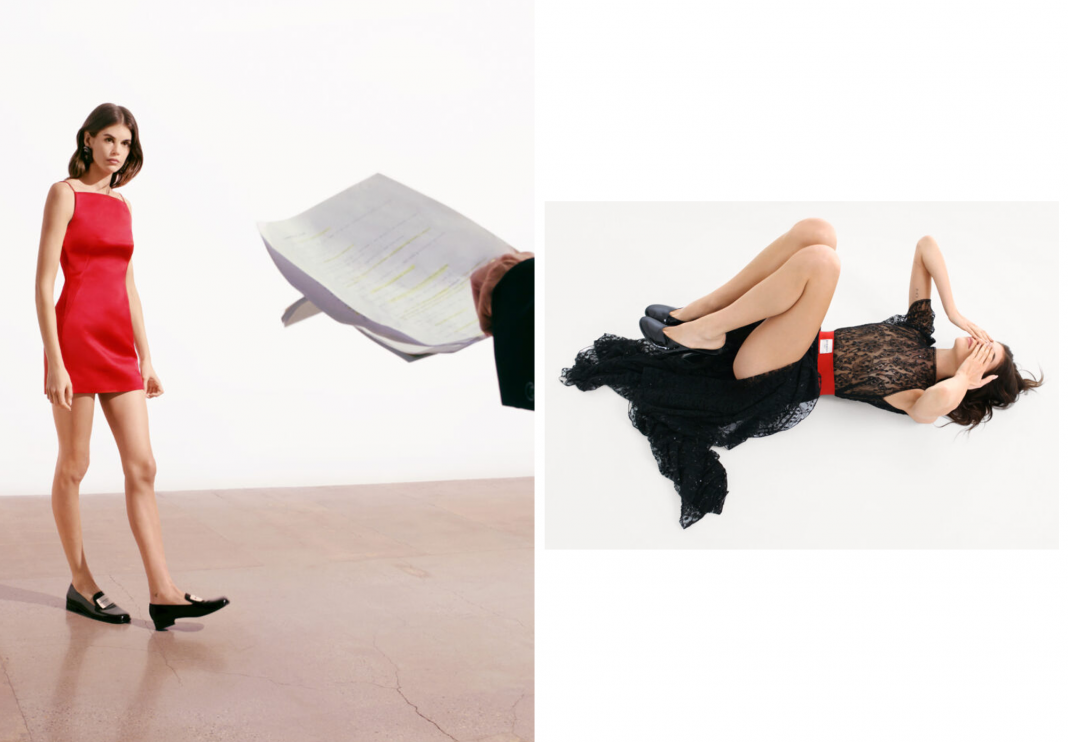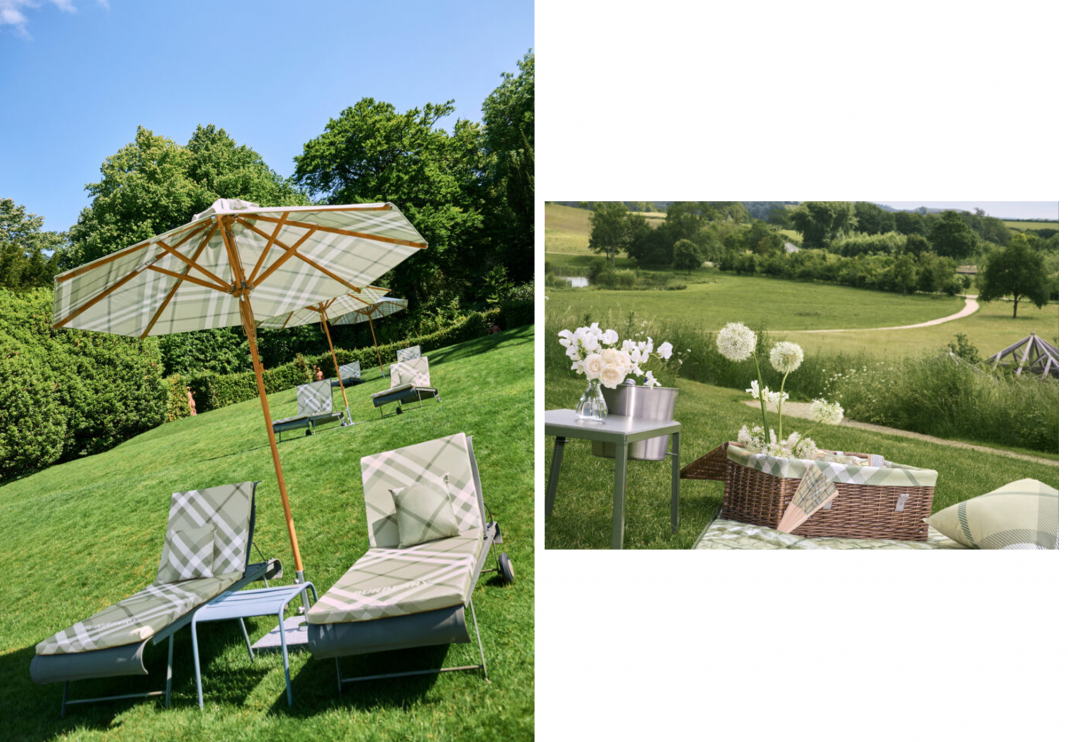With her debut Fall 2025 campaign for Givenchy, Sarah Burton unveils a quiet revolution—one rooted not in spectacle but in intimacy, connection, and the creative alchemy between women. Featuring Kaia Gerber and director Halina Reijn, the campaign marks a transformative new chapter for the French house, where feminine gaze and narrative depth take center stage.
A new vision takes form at Givenchy
When Sarah Burton was announced as Creative Director of Givenchy in early 2024, the fashion world paused. Known for her emotionally resonant work at Alexander McQueen—where she led with both precision and tenderness—her appointment sparked curiosity: how would her deeply human design sensibility reshape one of Paris’s most iconic maisons?
The answer begins with her Fall 2025 campaign. Rather than launch with a parade of garments or a star-studded spectacle, Burton offers something else entirely: a quiet, potent study of female connection. The campaign, starring model and actress Kaia Gerber and Dutch filmmaker Halina Reijn, explores the uniquely layered relationship between muse and maker, actress and director, woman and woman.
Shot and directed by Reijn herself, the visuals are cinematic yet stripped down—no elaborate styling, no forced narrative. Instead, what emerges is a meditation on collaboration, trust, and the female gaze, recasting fashion not as adornment, but as emotional language.
The intimacy of collaboration
In a standout moment from the campaign, Reijn kneels before Gerber, adjusting her hem—an act that reads not as choreography, but as communion. Dressed in a sculptural white mini dress and gold heels, Gerber stands poised yet open, her posture unguarded. It’s an image of shared authorship, where beauty is born from attention and trust rather than control.

Elsewhere, Gerber is captured mid-rehearsal, standing opposite an outstretched hand holding a script, her gaze alert. She wears a crimson slip and glossy loafers—evoking both vulnerability and power. In the campaign’s most emotionally resonant image, she collapses into a moment of exhaustion or perhaps catharsis, a lace dress pooling around her as she covers her eyes. These are not posed fashion photos—they are fragments of a story unfolding.
By placing the filmmaking process itself at the center of the campaign, Burton and Reijn blur the line between fashion editorial and performance art. The clothes are worn, lived in, responded to. They become part of a dialogue rather than a monologue—underscoring Burton’s belief that fashion should speak with, not at, the wearer.
A new feminine language for Givenchy
At its heart, this campaign is about perspective. For decades, the fashion industry has been dominated by the male gaze, shaping how women appear in clothes and in culture. Burton’s Givenchy challenges that paradigm—not with slogans or statements, but with nuance. By giving the lens to Halina Reijn and centering the gaze of both women in front of and behind the camera, she shifts the axis of authorship.
This approach is more than symbolic—it signals a cultural recalibration at Givenchy. Burton’s debut isn’t about spectacle, but subtlety. It speaks to the kind of femininity that is layered, contemplative, and self-authored. By championing women who tell stories—Reijn, a director known for complex female characters, and Gerber, an actress emerging from the shadows of celebrity to find her own artistic footing—Burton reframes the maison as a space for voices, not just looks.

It’s an ambitious direction, one that trades in feeling rather than flash. And in doing so, it sets a tone for a new era—one where fashion engages with the emotional and intellectual lives of women, not just their silhouettes.
The beginning of a nouvelle époque
Sarah Burton’s first campaign for Givenchy isn’t just a visual debut—it’s a manifesto. One that proposes fashion as a vessel for human connection, and storytelling as the highest form of elegance. In pairing Gerber and Reijn, she doesn’t just dress women—she collaborates with them. She listens.
This creative kinship—intimate, authentic, and artistically driven—lays the foundation for what’s to come. Burton’s Givenchy may be softer than its recent past, but it is no less powerful. It looks inward rather than outward, elevating the often invisible threads that bind women to each other and to themselves.
As the Fall 2025 campaign suggests, the future of the house lies not in reinvention, but in resonance. And under Burton’s direction, Givenchy is poised to speak not just in style, but in substance.






